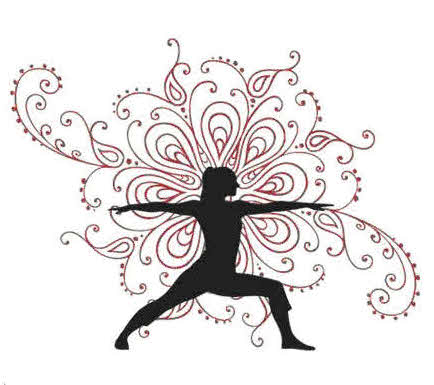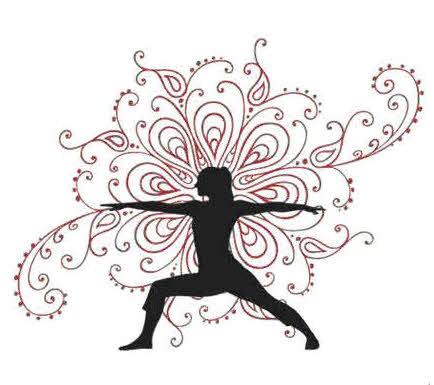
Adho Mukha Svanasana
Adho Mukha Svanasana comes from the Sanskrit for Adho- Down, Mukha-Face, Svana-Dog and Asana -Posture making it the Dog Face Down Posture.
This posture has many benefits. It lowers the head below the heart and is a stepping stone towards Headstands. It stretches the muscles in the back of the calves and helps runners prevent Achilles Heel Tendon problems.
There are many ways of getting into this posture.
To understand the positioning of the hands and feet, the easiest way is to start by lying on the floor. Place the hands so the thumbs are just below the level of the shoulders and the fingers are just in front of the shoulders. The fingers point forward with the middle finger on the one hand parallel to the middle finger on the other hand.
Ready? On your out breath lift your bottom into the air. Your arms should be straight and so should be your legs. In the text books, you will see you then place the top of the head on the floor and simply yield and relax into the posture. :- )
However as can be seen from the photo, that is not always so easy. In this photo the knees are bent. Gradually with practice, the hamstrings will length and the knees will be less conspicuous.
There is an intense stretch down the calf muscles. Some students fail to keep their feet flat on the floor, because they have such strong, tense calf muscles. Encourage them to keep trying gently to get the heel down to the ground and to relax the tension. This is so important. Yoga is about yielding, surrendering. It is not about force.
Modification. Allow the student to walk the feet towards the head until both feet are completely in touch with the floor. This will make the posture more stable as there will be a greater area taking the body load on to the floor. This extra stability may enable the student to relax that bit more and help the student to experience the stretch on the calf muscles.
(N.B This is the part of the posture that works on the Achilles Heel Tendon )
Next turn your attention to your shoulders. You should be drawing the shoulder blades together. This will give you the open chest making it easier to breath deeply. It will also stop you rounding the thoracic area of the spine and enable you to keep the back in neutral spine position.
Modification or practice as preparation. The student can stand about three foot away from a wall and put the arms up above head height and then work on keeping the shoulder blades touching while allowing the body to move forwards as if the head is going to touch the wall. This gives the stretch the student should be experiencing in the arms and shoulders when in Adho Mukha Svanasana.
In this posture your back should be in neutral spine. It helps to imagine a hook through your buttocks drawing you upwards and backwards, this will give you a beautiful stretch along the back.
Hold the posture as long as you feel able to but keep breathing and on every out breath, re-engage the core muscles, relaxing them for the in breath,
Teachers. If the student is happy for you to touch them, you can put your hands on their hips and draw the hips upwards and backwards. This has to be done very gently. Some teachers just instinctively can feel when the body is happy to have the adjustment and when the body is screaming "Do not move me any more". You can feel the resistance in the body alter. If you haven't this gift, ask for feedback from the student ( ask even if you do have the gift! ) and if you are at all unsure, stick to giving the student the visual picture of the hook pulling their bottom up.
Initially this is a strong demanding posture but it is worth developing. It does give you a stretch like the one a dog gives itself when it gets up. It is a very good preparation pose for Headstand. Iyengar says that it rejuvenates your brain cells and invigorates the brain by relieving fatigue.
He also says it is safe for people with high blood pressure to do this pose.
I just like it. I can feel it strengthening my arms and I can feel it stretching out my hamstrings where they are attached to the pelvic girdle and the stretch in the back of my calf. Make this posture a regular one in your practice.

